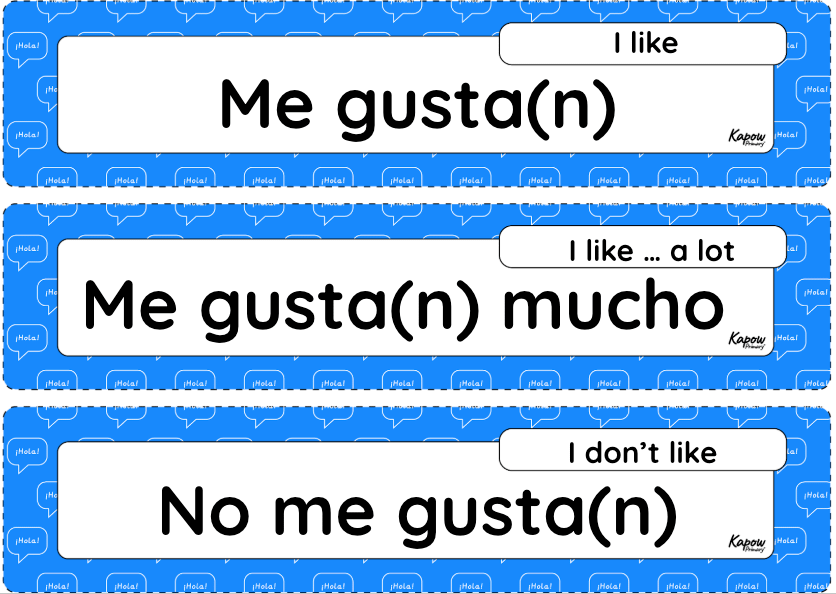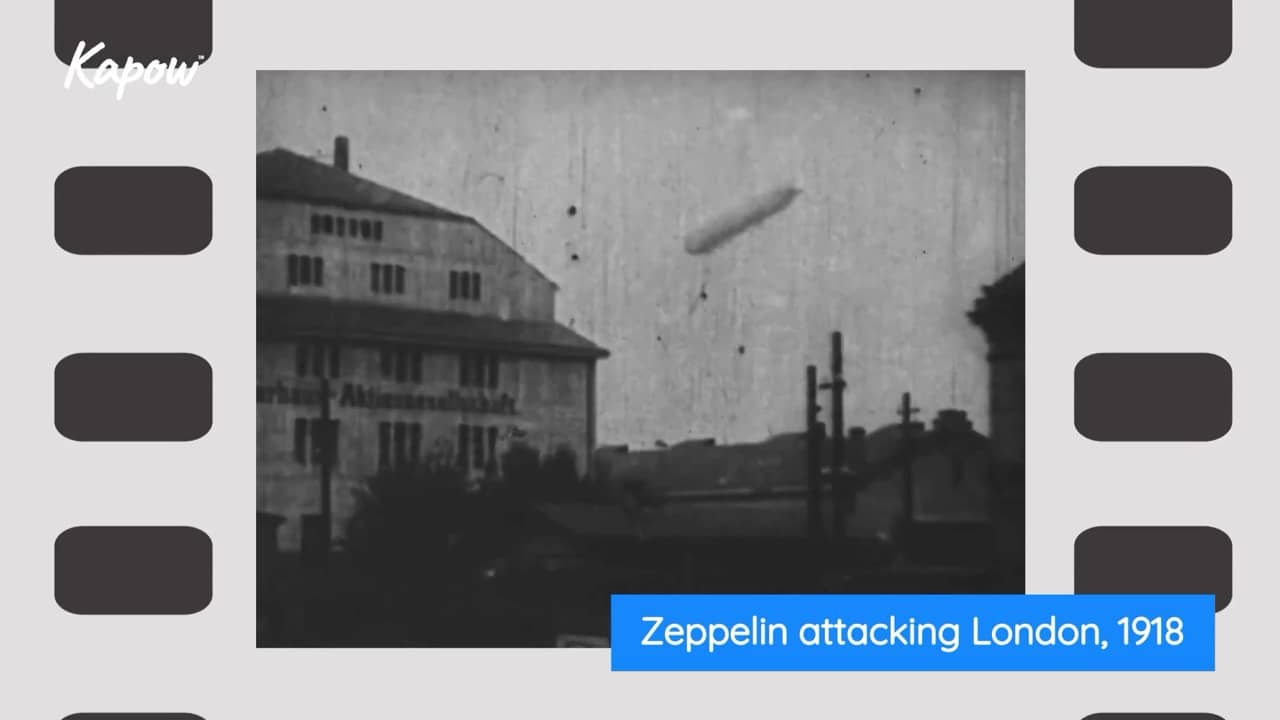
A Knowledge organiser that captures the essential knowledge and skills learnt throughout the mixed-age unit Spanish, Year 5/6 (B), Favourite foods in Spanish.
This resource is designed to help pupils expand their Spanish food vocabulary and express preferences using simple sentence structures. It introduces key nouns such as el salmón, la cebolla, and las frutas, alongside expressions of likes and dislikes using me gusta, no me gusta and their plural forms. Pupils also practise asking and answering questions about food preferences through modelled dialogues. Illustrated vocabulary grids and engaging visual prompts support memory retention and conversational confidence.
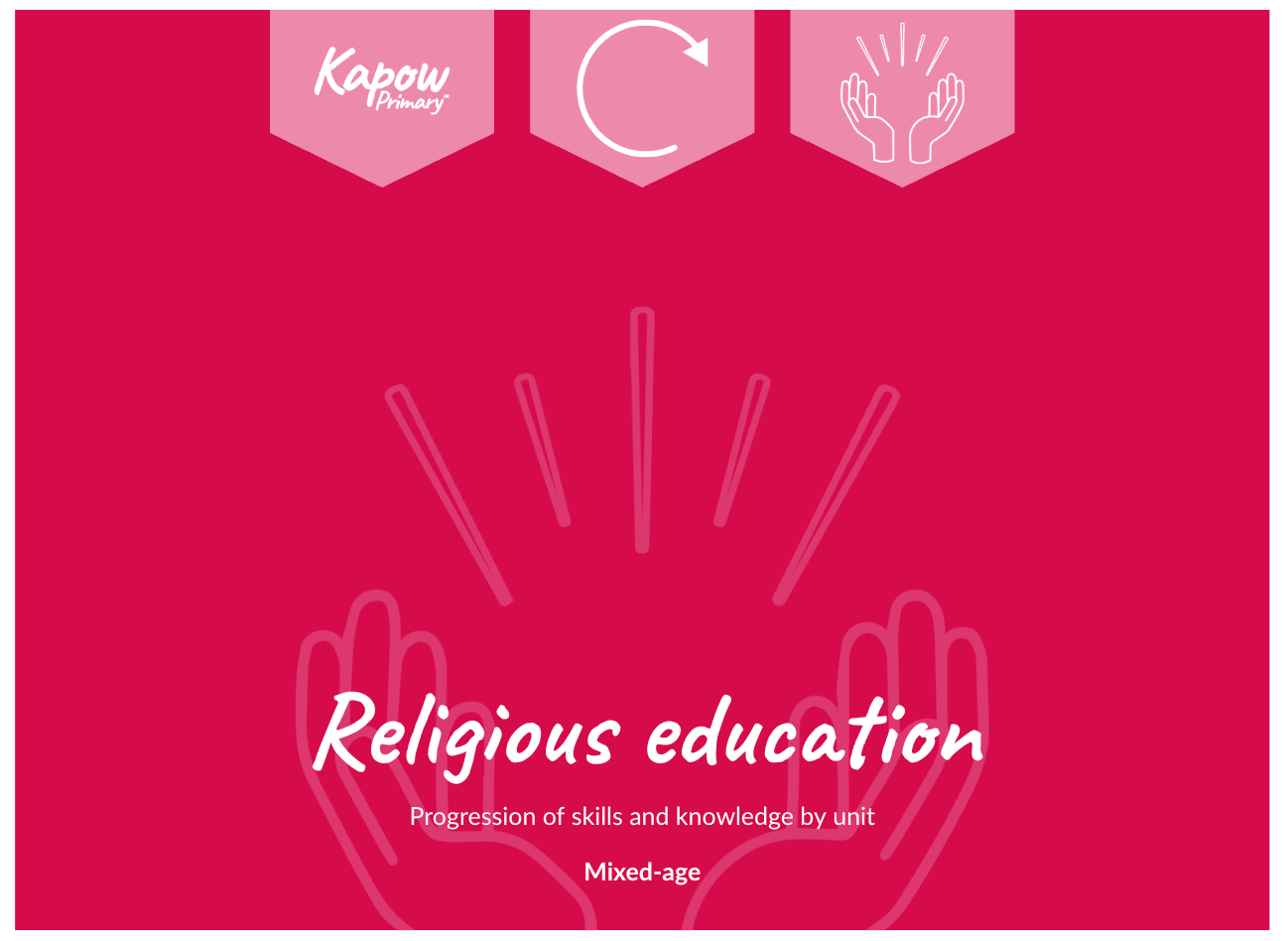
This document shows where the key knowledge and skills statements from our mixed-age R&W progression are covered within the scheme.
Cycle B information will be added when the scheme is fully available on the website.
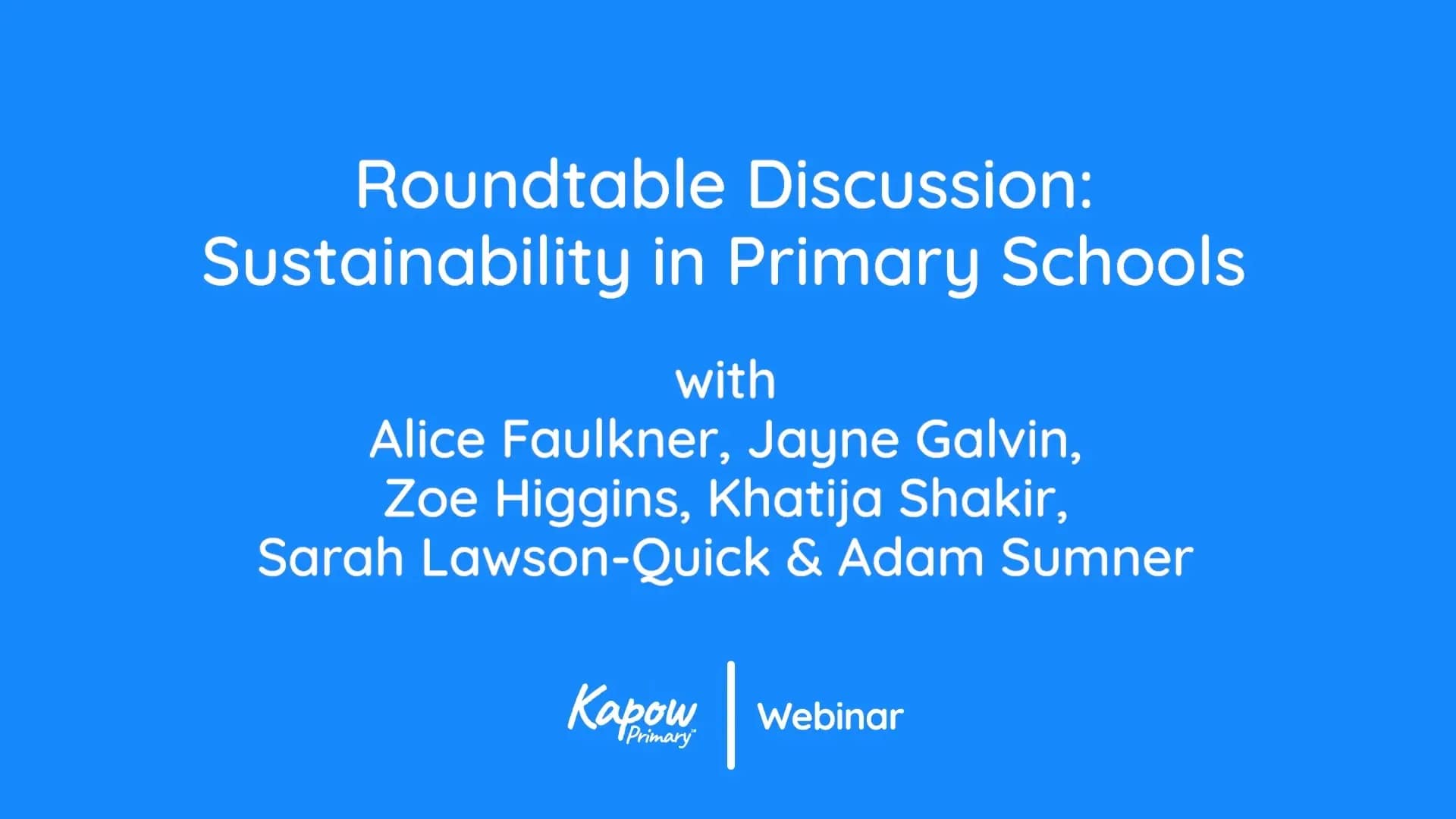
Join Kapow Primary’s experts for a practical discussion on how to embed sustainability across your curriculum. Discover everyday classroom ideas, whole-school actions, and how to engage pupils with climate topics. Plus, get a preview of our new sustainability collection.
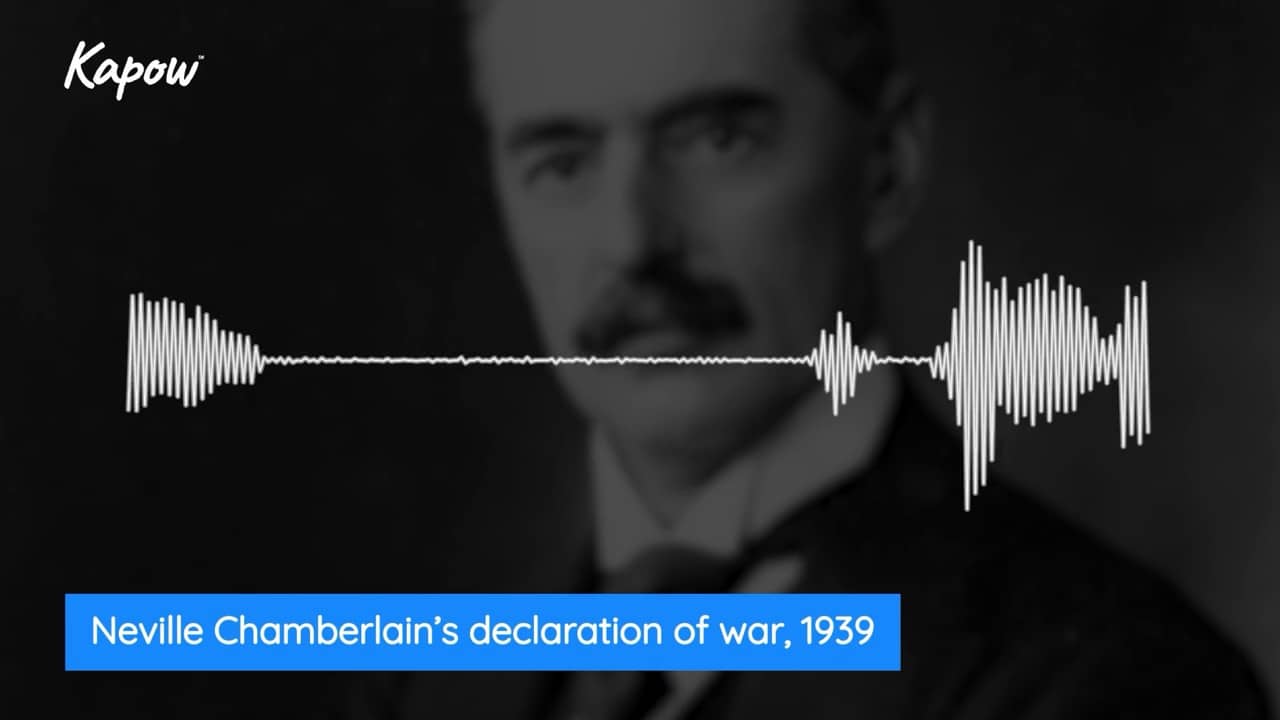
This History video introduces teachers to the key causes of World War 2. It explores the Treaty of Versailles, the rise of Adolf Hitler, the failure of appeasement and the global impact of the Great Depression.
This video is part of Kapow History’s What was the impact of World War 2 on the people of Britain? It helps teachers understand the historical events leading up to the outbreak of global war in 1939.
History, What was the impact of World War 2 on the people of Britain?, Year 6, Why did Britain go to war in 1939?

This video introduces teachers to oral history as a way of exploring the past through personal stories and recorded interviews.
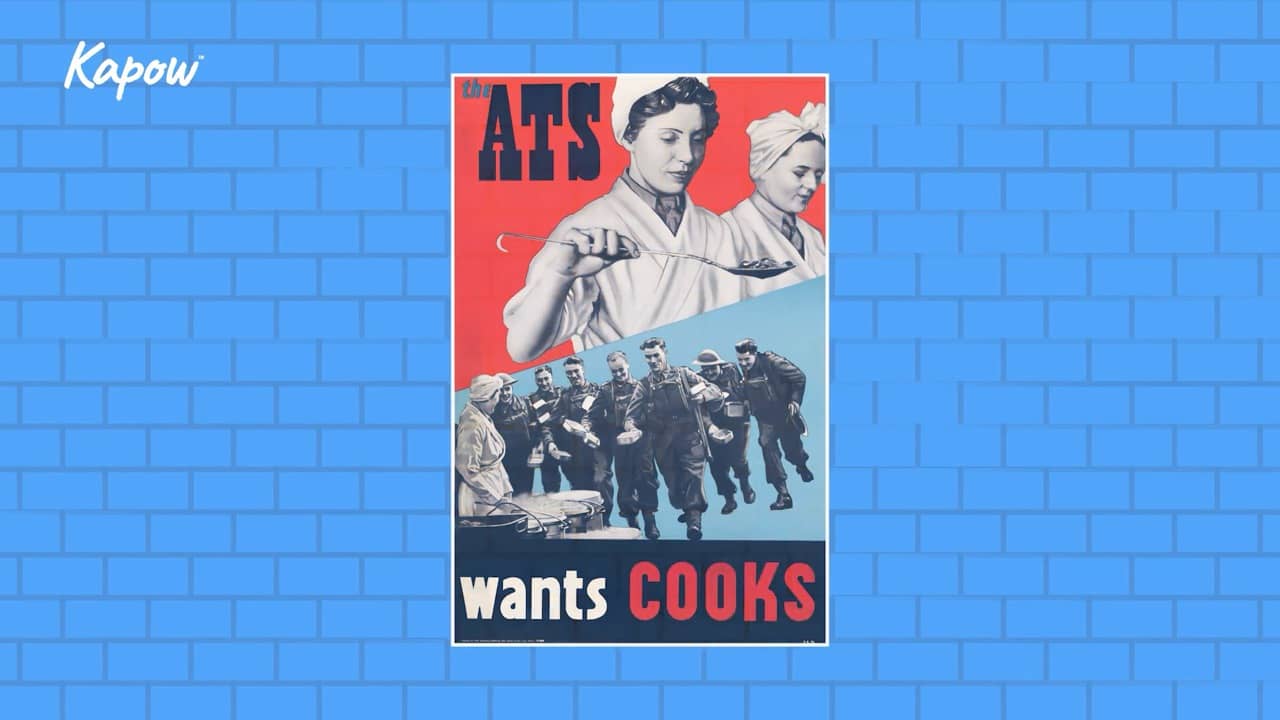
This History video introduces teachers the vital roles women played in Britain during World War Two. It explains how women stepped into jobs traditionally held by men and highlights the challenges they faced.
This video is part of Kapow History’s What was the impact of World War 2 on the people of Britain? It supports teacher knowledge about the contributions of women from across the British Empire and how wartime experiences influenced later movements for gender equality.
History, What was the impact of World War 2 on the people of Britain?, Year 6, Did World War 2 change women’s roles?



